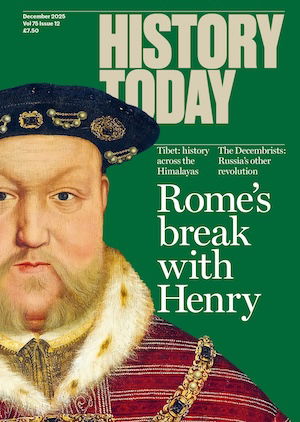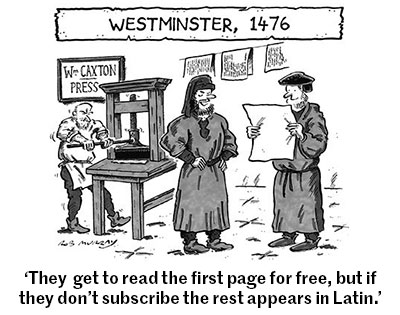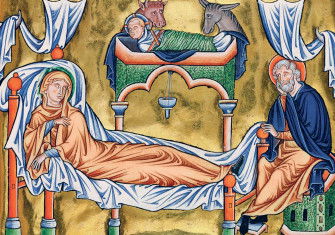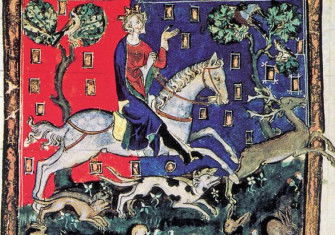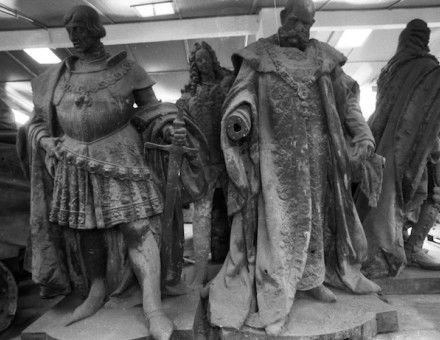The Capetians: Medieval France’s Greatest Dynasty
Dogged by rumours of stolen thrones and treachery, the Capetians were nonetheless one of the most successful dynasties of the medieval West.
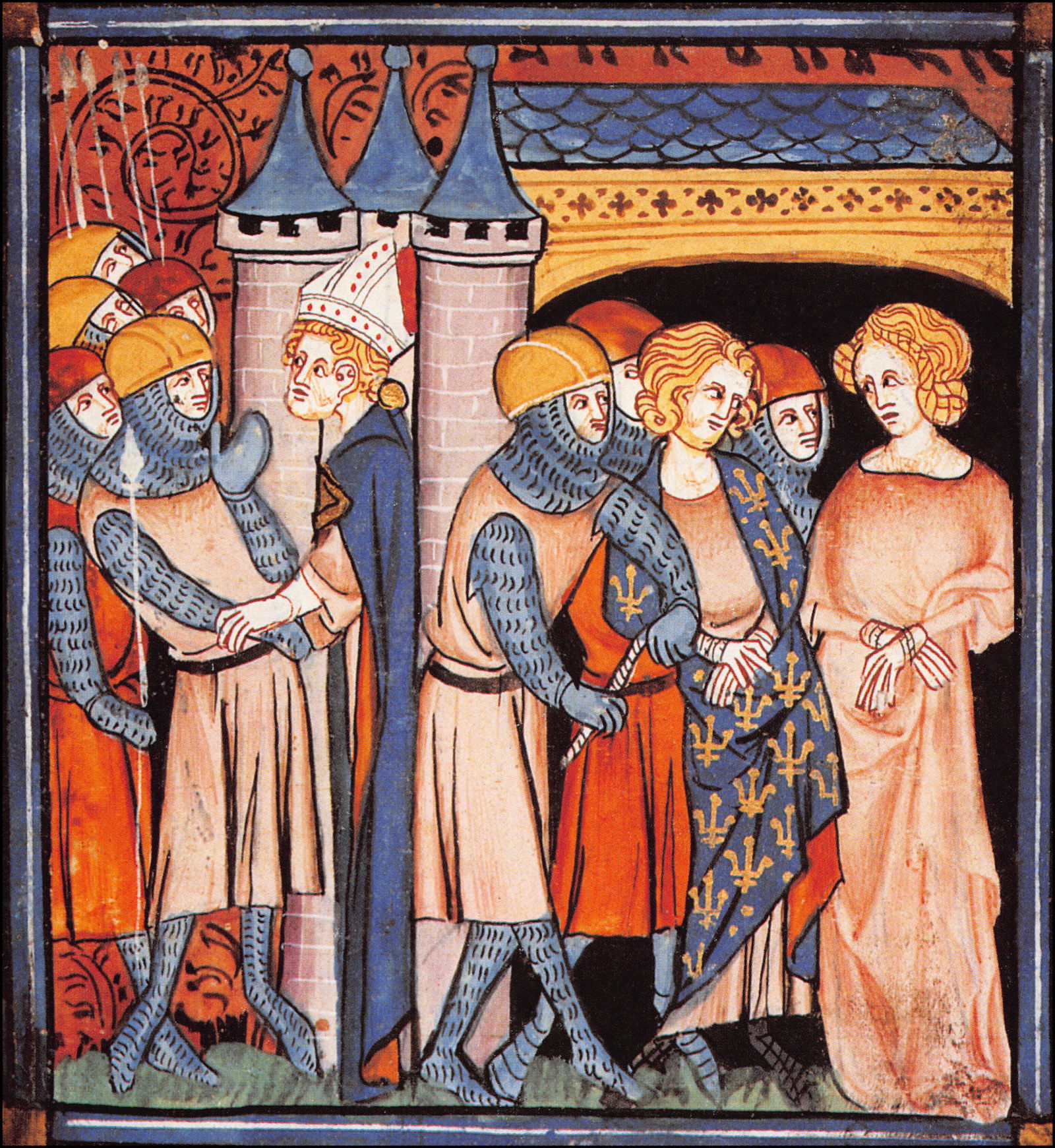
Sometime around the year 1015 a monk at the cathedral of Sens in northern France wrote a chronicle of the Frankish people. He was a little sketchy on the early centuries, though he knew that Charlemagne’s dynasty – the Carolingians – had taken the throne from their Merovingian predecessors in the eighth century, and he also knew that Charlemagne’s empire had been riven by invasion and civil wars that had divided it into three kingdoms around 840. But when he got closer to his own day he became more voluble, if rather less reliable. Sens lay in the kingdom of what was then called West Francia, forerunner of medieval and modern France, and it had been given to Charlemagne’s youngest grandson, Charles the Bald, by the Treaty of Verdun in 843 after a war with his brothers. According to the Sens chronicle, Charles’ descendants were the rightful rulers of West Francia. Nevertheless, it continued, in 987 a usurper named Hugh had seized the realm from its legitimate Carolingian king through treachery.

